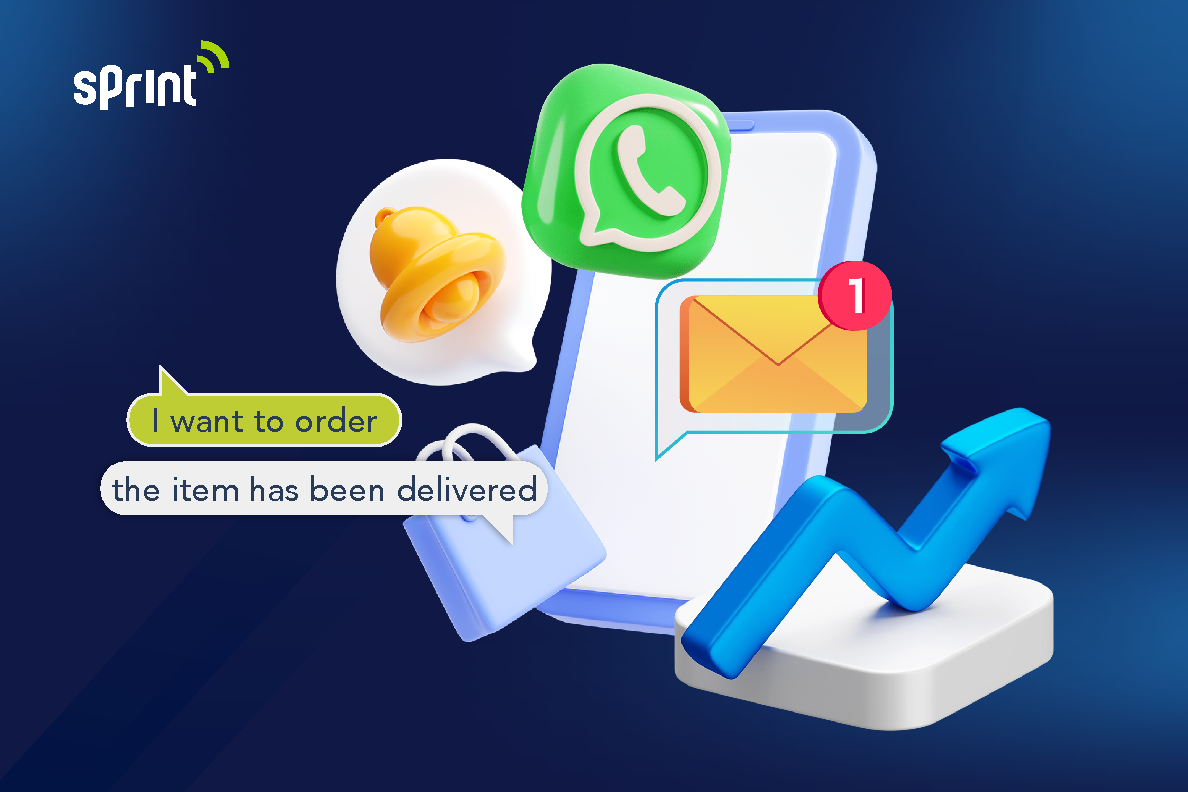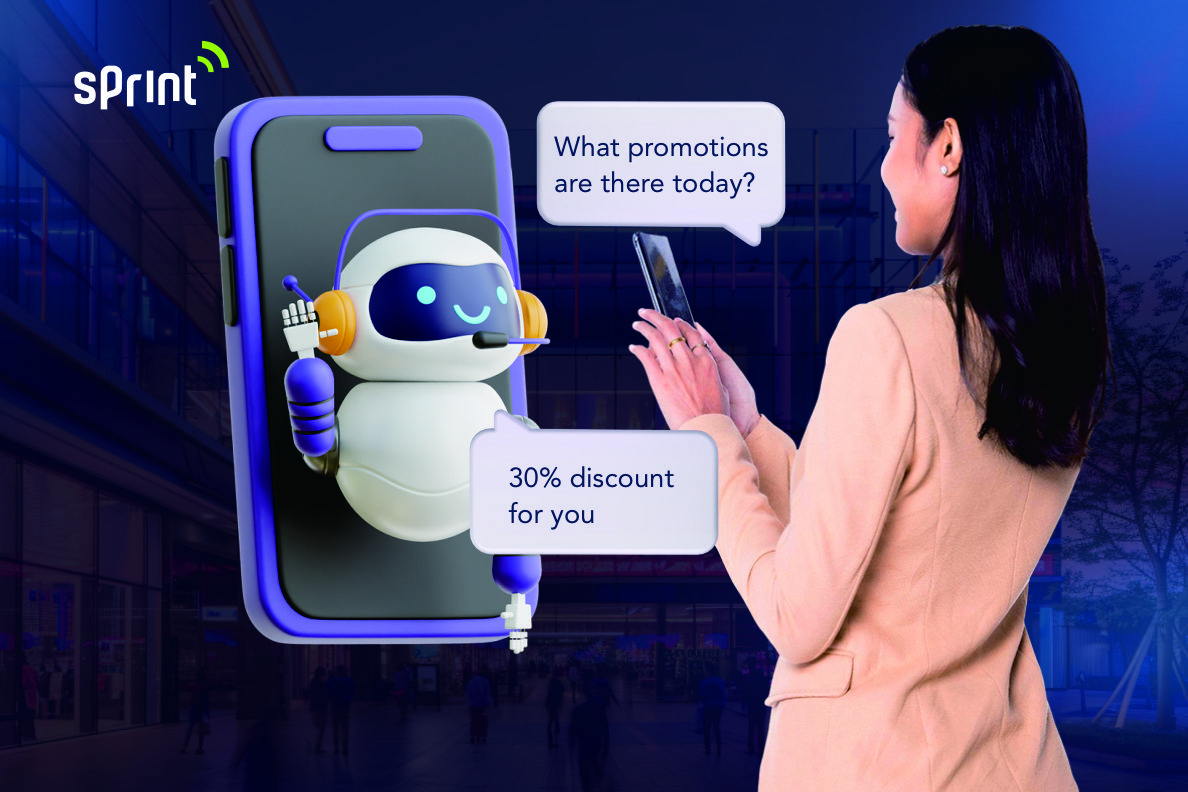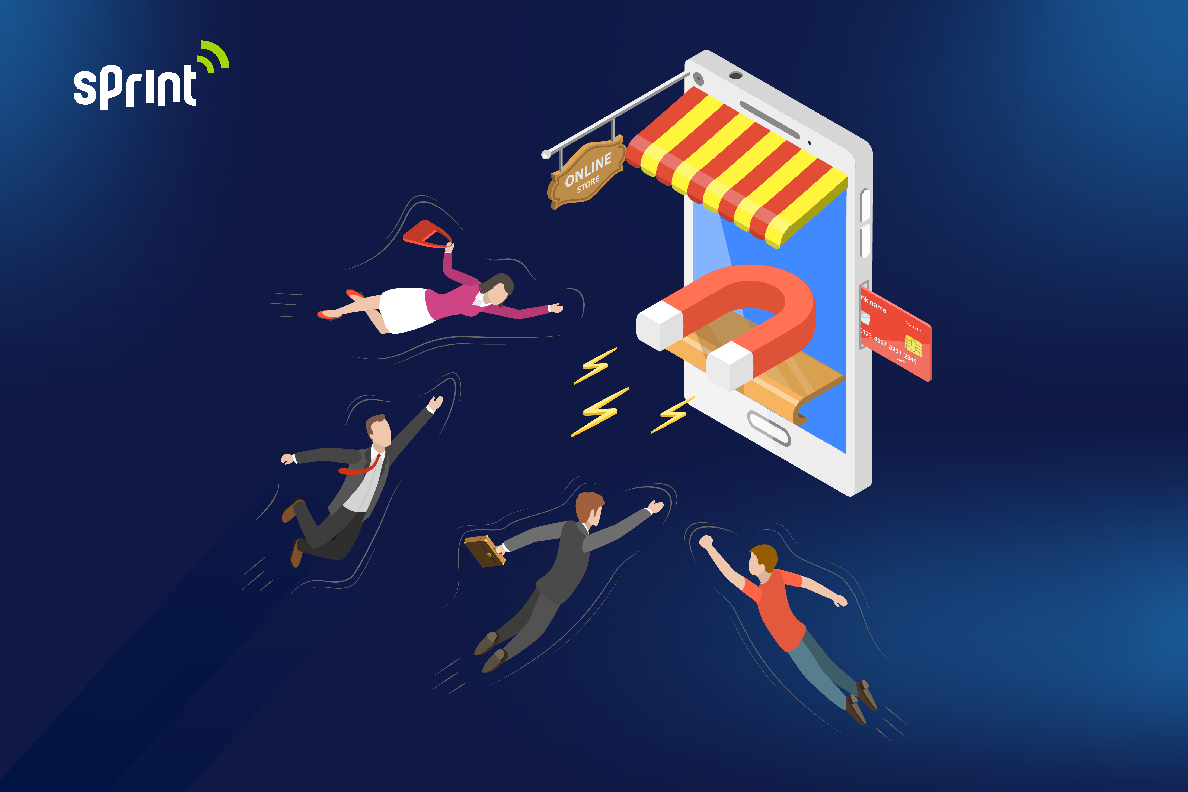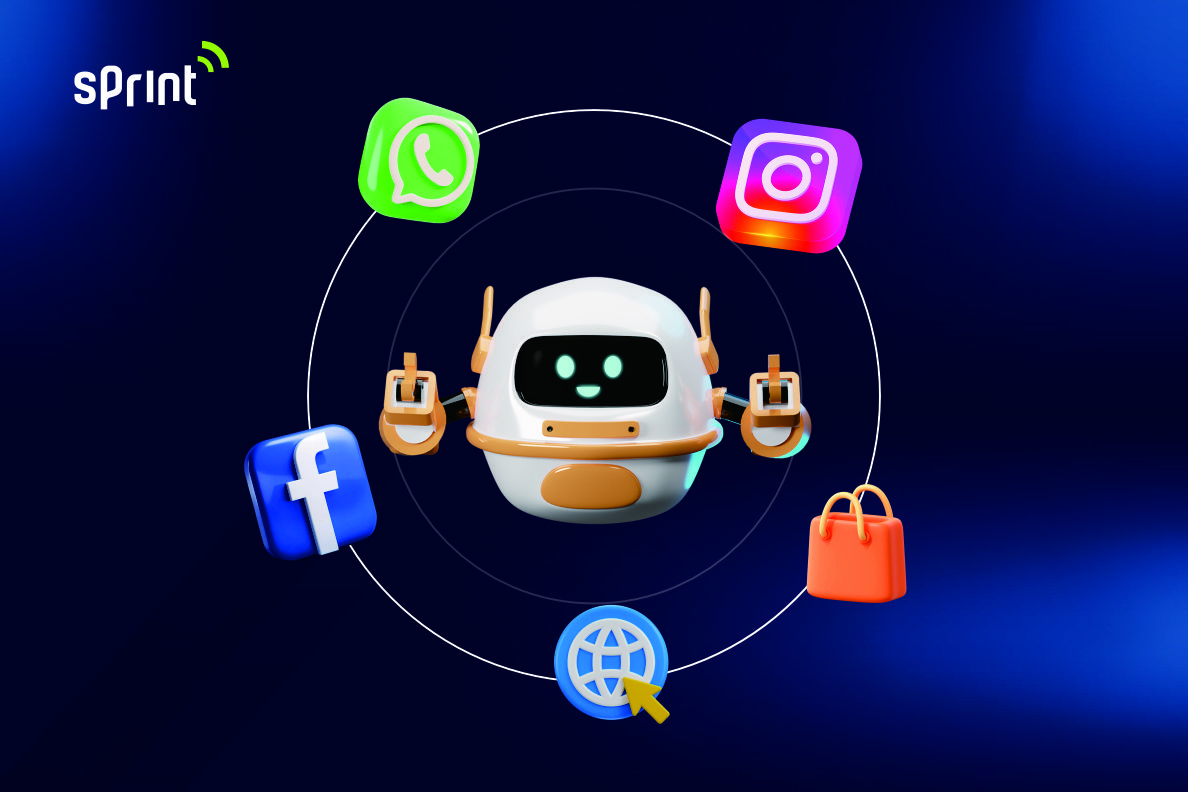WhatsApp Business API: 8 Common Mistakes to Avoid
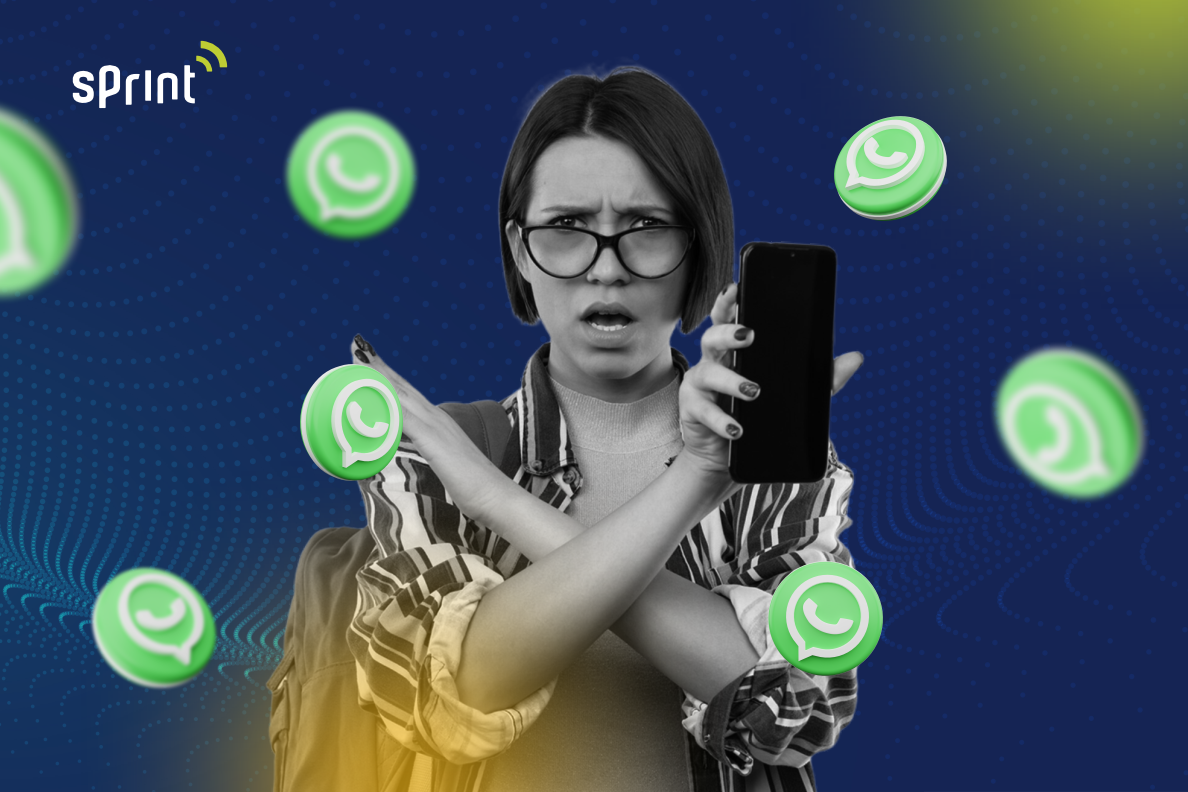
WhatsApp Business API has become a tool for many businesses to connect their products or services with customers through direct messaging. More than 2 billion people use WhatsApp worldwide, and WhatsApp Business API offers an efficient way to communicate with customers at scale. However, like any other tool, improper use can hinder campaign success. Let’s discuss 8 common mistakes and how to avoid them to increase the effectiveness of your WhatsApp marketing.
Not Understanding the Purpose of Using WhatsApp Business API
The first mistake that often occurs is not defining a clear goal before starting a WhatsApp Business API campaign. Many businesses rush to adopt this technology without identifying whether it fits their needs. WhatsApp Business API campaigns can be undirected and ineffective without a clear goal.
How to Avoid:
Before starting a campaign, first determine the goals you want to achieve, such as increasing sales conversions, providing 24-hour customer support, or building closer relationships with customers. A clear goal will help you design messages that are more relevant and better targeted.
Spamming: The Big Enemy of Customer Engagement
Sending excessive or irrelevant messages is tantamount to bombarding customers with information they don’t need. According to Orbit Media Studios – The 2024 Spam Report, 63% of people use spam filters to manage unwanted advertising messages, and some of them even block and report spam. Your WhatsApp Business API can also be penalized for violating the WhatsApp Business Terms.
How to Avoid:
Remember that WhatsApp is a personal communication channel, not a mass broadcasting platform. Limit the number of messages you send and make sure each message adds value to the recipient!
Not Paying Attention to Customer Segmentation
One of the biggest advantages of WhatsApp Business API is its ability to communicate with customers at scale. However, if the messages sent are not tailored to the specific needs or preferences of each customer segment, they can feel irrelevant and ineffective.
How to Avoid:
Properly segment customers based on demographics, purchasing behavior, or previous interactions with your business. Send customized messages to each segment to make it more relevant and appealing to them.
Ignoring Message Delivery Time
Another common mistake is overlooking the timing of messaging. Sending messages at inappropriate times can annoy customers and damage business relationships. For example, sending promotional messages in the middle of the night or during peak hours can result in a drop in response rates.
How to Avoid:
Consider your customers’ time zones when planning your messaging. Use analytics to determine the best time to send messages based on customer interaction patterns and preferences. Customize the messaging time according to the targeted audience.
Using Rigid Language
WhatsApp Business API provides flexibility in the type of messages sent, but a common mistake is using inappropriate or overly formal language. Messages that are too stiff or too formal can make the interaction feel impersonal and not touch the customer emotionally.
How to Avoid:
Use language that suits your audience. If your business is more focused on the younger generation, use more casual and informal language. For more professional businesses, adjust the language to a more polite but still friendly tone.
Not Optimizing User Experience (UX)
UX or user experience is important in every WhatsApp Business API campaign. A poor experience interacting with your business via WhatsApp can leave customers disappointed and reduce campaign effectiveness. According to Zippia, 70% of users abandon shopping carts due to poor UX and 52% will not return to unaesthetic pages. Conversely, a good user experience can increase sales.
How to Avoid:
Design messages that are easy to understand and interactive. Make sure that the layout and flow of the conversation are easy to follow. Also, make sure there are options for customers to return to the main menu or get help if needed. Use features like quick replies and quick actions to make it easier for customers to interact.
Slow Response to Customers
One of the advantages of WhatsApp is its responsiveness. However, many businesses are unable to provide quick or even timely responses to customers. According to a survey from HubSpot, 66% of customers expect to get a response within 5 minutes at most. When customers send a message, they expect a quick response. If the response is too slow, customers may feel ignored.
How to Avoid:
Make sure your team is responsive to incoming messages. Use WhatsApp features like “offline hours” or schedules to provide consistent responses. Combining the use of chatbots and live chat is also highly recommended. You can use a chatbot to answer most common questions quickly and for more complex questions, a human agent can step in immediately.
Not Measuring Performance
Without data, it’s hard to know if your WhatsApp campaigns are on track. The WhatsApp Business API provides various metrics that you can use to measure performance, such as delivery rate, engagement rate, and conversion rate.
How to avoid:
Continuously monitor and analyze your metrics, identify areas for improvement, and optimize your WhatsApp marketing strategy. By constantly monitoring and adjusting your campaigns, you can optimize your results.
By avoiding these common mistakes and applying the tips mentioned above, you can maximize the potential of WhatsApp Business API to achieve your business goals. Want to learn more about how to optimize your WhatsApp Business API campaigns? Schedule a consultation with us now!

